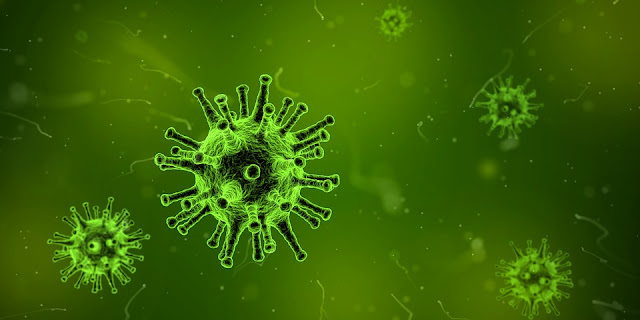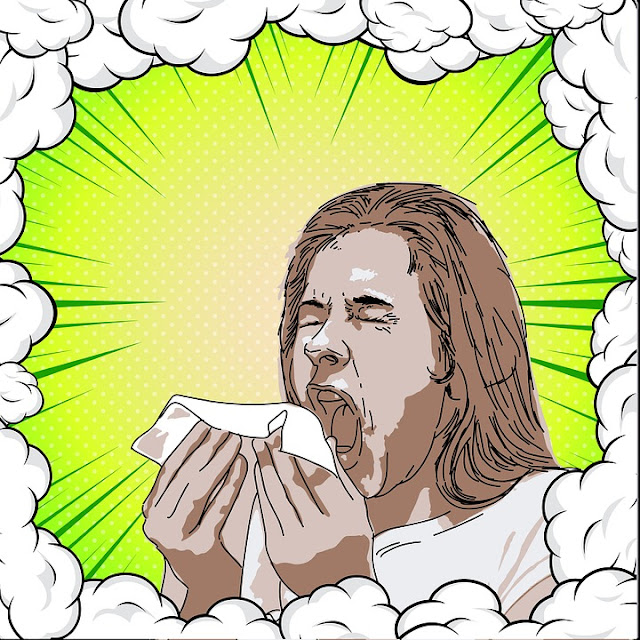Hepatitis takes various forms, and the causes of hepatitis vary per type. Etymologically, hepatitis is derived from the Greek word "hepar" meaning liver and the Latin word 'itis' meaning inflammation. Inflammation of the liver is caused by formation of inflammatory cells in liver tissues secondary to presence of viruses. Although most of the cases of hepatitis are self-resolving, a number still leads to progressive liver fibrosis and cirrhosis.
A brief discussion on the anatomy and physiology of the liver will make it a lot easier to understand hepatitis and its causes. The liver, as being the largest internal organ of the human body, primarily functions as a chemical regulator. It produces bile which helps at breaking down fats and eliminating body wastes from drugs or other foreign materials, synthesizes proteins needed for blood clotting, produces chemicals to ward off infection, processes nutrients for body usage, and other important chemical processes. This makes the liver a vital organ for normal living. Because of all these processes, the liver is prone to pathogenic infiltration and inflammation that cause damage to liver tissues. However, because of the organ's ability to self-regenerate, these damaged tissues recuperate and are still able to function.
Hepatitis can be sub classified into 5 major types, A, B, C, D, and E. Since hepatitis is a broad disease process, discussing the causes of hepatitis will be per type as mentioned here.
Common causes of hepatitis A are ingestion of water or food contaminated with HAV, direct contact with object contaminated with stool of an infected person, and anal-oral contact during intercourse. Intake of shellfish from polluted water; improper food preparation, storage, and handling; and promiscuous sex practices account for majority of the cases of hepatitis A.
In hepatitis B, the liver becomes increasingly swollen and failure of prompt treatment may result in serious damage predisposing to cancer and/or fibrosis.
The causes of hepatitis D are comparable with hepatitis C, exposure to infected blood or unsterilized or reused needles.
A brief discussion on the anatomy and physiology of the liver will make it a lot easier to understand hepatitis and its causes. The liver, as being the largest internal organ of the human body, primarily functions as a chemical regulator. It produces bile which helps at breaking down fats and eliminating body wastes from drugs or other foreign materials, synthesizes proteins needed for blood clotting, produces chemicals to ward off infection, processes nutrients for body usage, and other important chemical processes. This makes the liver a vital organ for normal living. Because of all these processes, the liver is prone to pathogenic infiltration and inflammation that cause damage to liver tissues. However, because of the organ's ability to self-regenerate, these damaged tissues recuperate and are still able to function.
Hepatitis can be sub classified into 5 major types, A, B, C, D, and E. Since hepatitis is a broad disease process, discussing the causes of hepatitis will be per type as mentioned here.
- Hepatitis A/infectious hepatitis. This is caused by the hepatitis A virus. This is spread through fecal-oral route; that is ingestion of contaminated water or food or through direct transmission from an infected person. It contracts millions of people yearly and is one of the most common of all types in developing countries secondary to hygiene and sanitary issues.
Common causes of hepatitis A are ingestion of water or food contaminated with HAV, direct contact with object contaminated with stool of an infected person, and anal-oral contact during intercourse. Intake of shellfish from polluted water; improper food preparation, storage, and handling; and promiscuous sex practices account for majority of the cases of hepatitis A.
- Hepatitis B. HB is caused by the hepatitis B virus and is generally considered a sexually transmitted infection that is spread through infected blood, semen, body fluids, or skin perforation from contaminants. Unprotected sex records the most number of cases for hepatitis B. Saliva and other body fluids of an HB-positive individual that come in contact with another person during sexual intercourse result in direct transmission. Other causes of hepatitis B include use of unsterilized needles by chronic steroid users and/or drug addicts and also sharing with an infected individual objects like razors or toothbrush. An increasing number of cases for hepatitis B are from medical workers who accidentally prick themselves with needles that are contaminated with the virus. This is one reason why inpatient HB patients are placed in a side room and require strict isolation to prevent spread of the infection. It is also the same reason why extra care should be exerted when handling and capping syringes especially from infected patients. Moreover, vertical transmission is also possible with hepatitis B. A baby can get it from his mother's milk if his lactating mother is positive.
In hepatitis B, the liver becomes increasingly swollen and failure of prompt treatment may result in serious damage predisposing to cancer and/or fibrosis.
- Hepatitis C/non-A, non-B hepatitis. For hepatitis C, blood is the primary vessel for infection. The causes of hepatitis C are needles or other materials used by drug addicts to inject themselves with, blood transfusion or organ transplantation from unscreened donors, tattooing or piercing with infected blood, and repeated usage of HCV-exposed needles to a number of patients. Unsanitized needles remain as the highest cause for development of hepatitis C. Developing countries whose lack of medical resources and supplies force them to reheat needles for reuse is still a continuing endeavour and such leads the way to further increases in reported hepatitis C cases.
- Hepatitis D. Development of hepatitis D occurs only in patients who have preexisting hepatitis B. This is so because HDV is least potent and would require HBV strain in order to cause serious inflammation in the liver where it will enter cells and replicate. There, hepatic cells are filled until the virus becomes so confined and eventually die. This makes hepatitis D generally a self-limiting condition. However, it still cannot be excluded that some people tend to have lifelong hepatitis D. This may result secondary to preexisting comorbidities or suppressed immune reaction to get rid of the viral infiltration. In terms of symptomatology, although many patients report yellowish skin or eye discoloration and stomach pain, a number still develops hepatitis D infection with no manifestations at all.
The causes of hepatitis D are comparable with hepatitis C, exposure to infected blood or unsterilized or reused needles.
- Hepatitis E. Similar to hepatitis A, hepatitis E's mode of transmission is fecal-oral route. Even minute traces of fecal matter that contaminates water or food are already considered potent enough to cause infection. It is endemic in developing countries but rare in developed ones. Usually, the body's immune system is able to combat the pathogen making it self-limiting and only supportive treatment is recommended like IV rehydration or medications.
- Hepatitis X/lost hepatitis. This is an axillary type of hepatitis that is initially considered if no clear presentations can be attributed to specifically set the diagnosis. In most cases, upon further examination and diagnostic studies, physicians are able to identify the type of hepatitis but in some situations, this is used as a diagnostic entity to classify hepatitis. A and E share the same causes of hepatitis as with X; however, the latter has the shortest incubation period of 7 to 10 days unlike 15 to 30 days for A and E respectively.
- Hepatitis G. HGV or GBV-C is similar to hepatitis C and D in that the primarily causes of hepatitis G are infected blood and blood products. This type, however, is usually excluded in the taxonomy as this very rarely affects the general population. Also, almost no reported cases showed symptoms for HGV or GBV-C.













